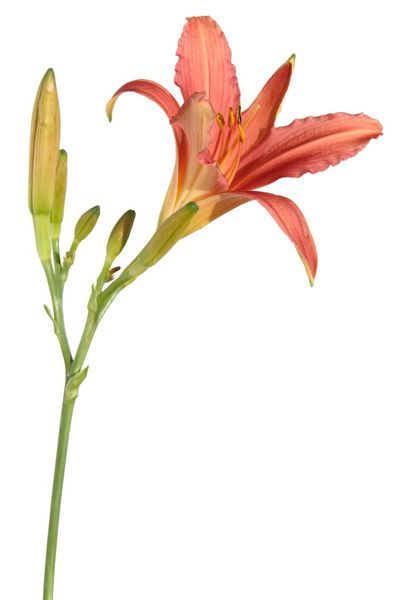What is a Daylily Scape?
If you don’t know about scapes on daylilies, you aren’t alone. Many refer to the scapes on daylilies as stems or stalks. So exactly what is a daylily scape? Daylily scape identification is not difficult. Every year the plant grows long stems, called scapes. They produce the flowers then die back. These daylily flower scapes do not have any true leaves, only bracts. Scapes on daylilies include the entire flower stalk above the crown. The crown is the point where roots and stalk meet.
Daylily Scape Information
Once you understand daylily scape identification, the scapes are easy to locate. They shoot up every year in springtime, ranging in height from 8 inches (20 cm.) to 5 feet (1.5 m.). The scape is not considered an ornamental feature of daylilies. The plants are cultivated for their blossoms that grow in many shades, sizes, and shapes. However, the flowers would not be able to bloom without the scapes that raise them above the clump of daylily foliage. In fact, though rarely afflicted with issues, scape blast in daylilies is a common problem seen in the garden.
Cutting Daylily Flower Scapes
Each daylily flower scape can hold many flower pods, but the time comes every year when all the pods on a scape have bloomed and died. That leaves a gardener with a choice. Should you cut the bare scape immediately or wait until it turns brown and then tug it away from the crown? The prevailing wisdom suggests that the latter is better for the plant. If you cut down a standing scape, the empty stem may gather moisture and attract (or even house) insects that can descend into the crown. The best daylily scape information tells you to wait until the scape is brown and separates easily from the crown when tugged.
